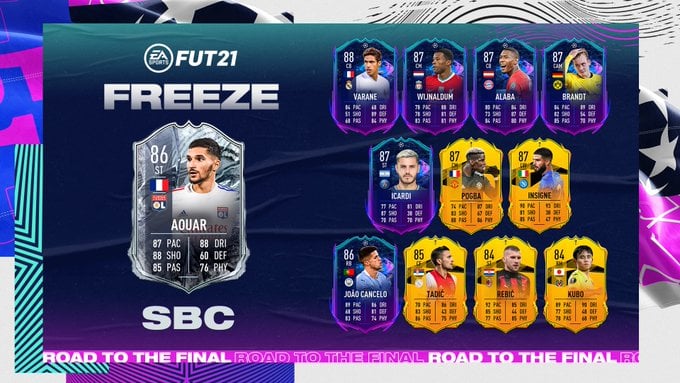

Sounds excellent, right? You must be doing very well. For example, let’s say you have gold on hero damage. Not only are medals simple, but they can often be misleading. However, in game, we’re stuck with this array.

Who hit more body shots? Who eliminated more supports? Who avenged their allies? Who is the best at removing tanks from play? The Overwatch League liberally sprinkles these stats throughout a broadcast to liven things up and give us regular players something to aspire to. The Overwatch League painstakingly lays two Widowmaker’s ratios down next to each other. This stripped down approach is at odds with the way the Overwatch League handles stats. It gets the job done, but it doesn’t do much beyond that. Players can also see basic stats on accuracy, kill streaks, and deaths. Players are ranked in five categories in which they can earn a gold, silver, or bronze: Eliminations, Hero Damage, Objective Kills, Healing Done, and Objective Time. Overwatch’s in-game stat system is stripped down and simple, especially compared to some other competitive titles that offer the player a flood of information. For instance, there’s Visor, a program that provides players with automated analysis, reviews, and advice based off its analysis of each frame of gameplay.

It’s this “every player for themselves”, focusing on gold medals approach that has led to the rise of new programs and methods. “I’m not switching off DPS - I have three gold medals.” We’ve all heard this cry in our competitive games before, and it may be a bigger problem than we think.


 0 kommentar(er)
0 kommentar(er)
